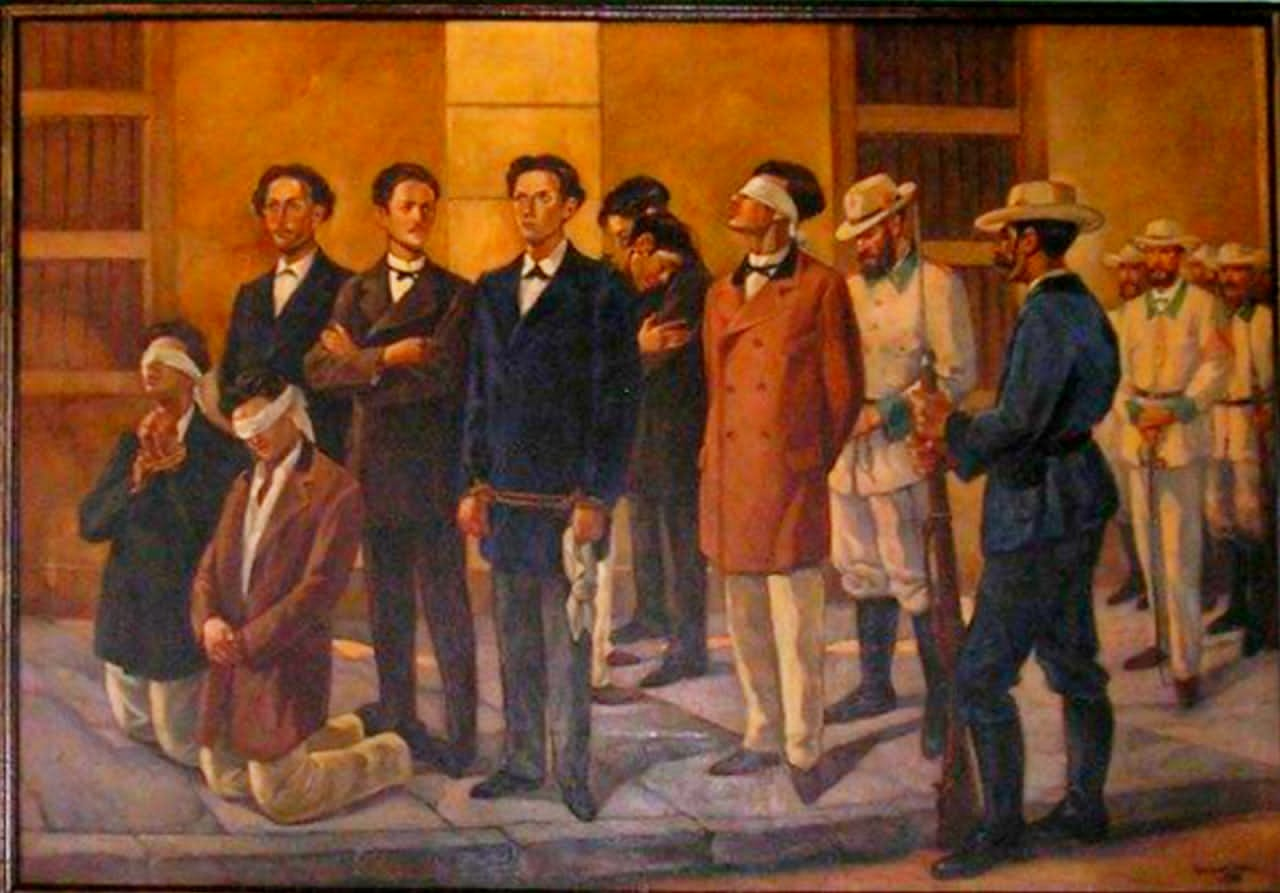Even with time, this horrific event returns to the historical memory of the nation as another example of the perversity of decadent empires, including Spain in 1871, which received crushing blows from the Cuban Liberation Army.
All began on November 24, 1871, when a group of students, while awaiting their professor, visited the Espada Cemetery of the Cuban colonial capital; some drove a cart carrying cadavers, and somebody took a flower from the cemetery’s garden.
A complaint by the security guard, humiliated by the “damage” to his garden, falsely accused the boys of having vandalized the tomb of journalist Gonzalo Castañón, who preached the Cubans’ extermination and Cuba’s repopulation with Spaniards.
After the first Council of War that concluded without any accusations, some were released, and others received minor sanctions. The impotence and the thirst for political revenge of Spain for the military defeats against the independence troops in the Cuban fields was evident.
Then, the Corps of Spanish Volunteers pressed for a second oral hearing with another tribunal that sentenced five of the imprisoned youths and three others chosen at random to the maximum penalty.
As each anniversary of this heinous act, young medical students in Cuba are expected to pay tribute to the martyrs and condemn the atrocities all empires currently commit.
jrr/iff/jf/lld










